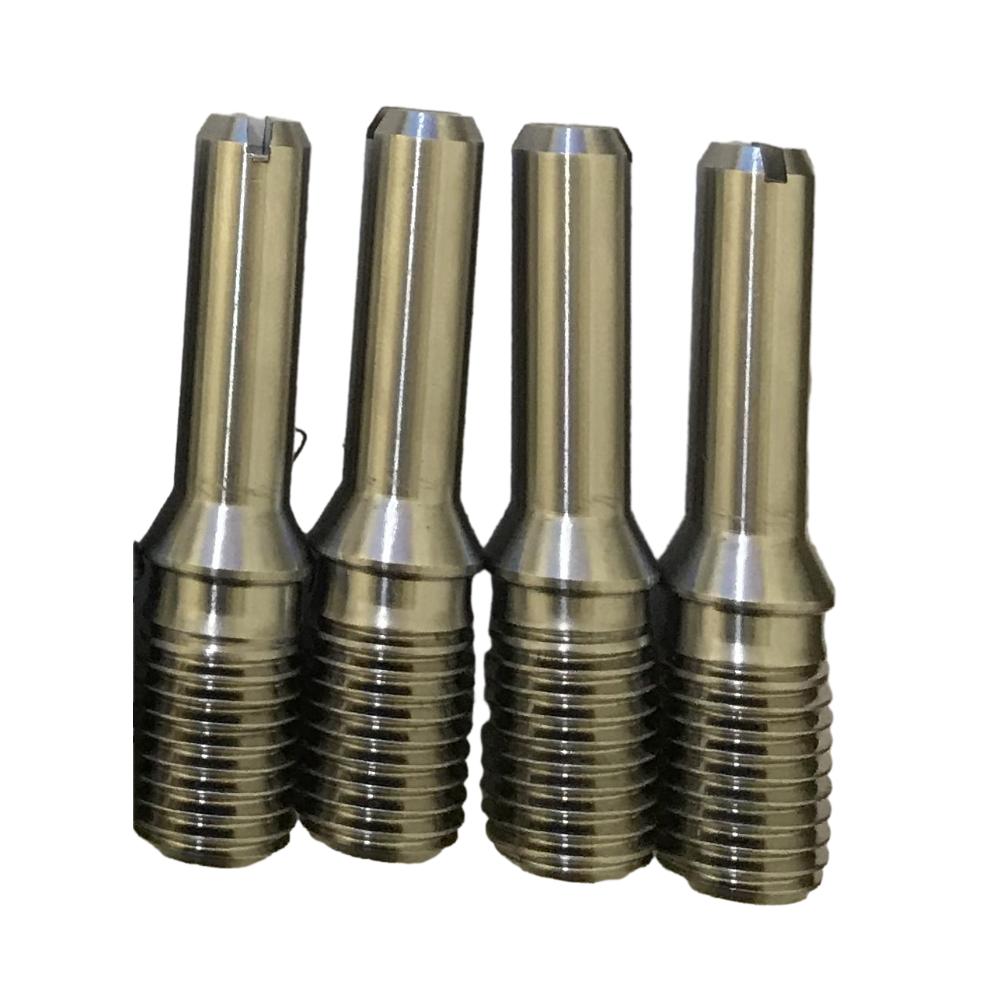
-
 Afrikaans
Afrikaans -
 Albanian
Albanian -
 Amharic
Amharic -
 Arabic
Arabic -
 Armenian
Armenian -
 Azerbaijani
Azerbaijani -
 Basque
Basque -
 Belarusian
Belarusian -
 Bengali
Bengali -
 Bosnian
Bosnian -
 Bulgarian
Bulgarian -
 Catalan
Catalan -
 Cebuano
Cebuano -
 Corsican
Corsican -
 Croatian
Croatian -
 Czech
Czech -
 Danish
Danish -
 Dutch
Dutch -
 English
English -
 Esperanto
Esperanto -
 Estonian
Estonian -
 Finnish
Finnish -
 French
French -
 Frisian
Frisian -
 Galician
Galician -
 Georgian
Georgian -
 German
German -
 Greek
Greek -
 Gujarati
Gujarati -
 Haitian Creole
Haitian Creole -
 hausa
hausa -
 hawaiian
hawaiian -
 Hebrew
Hebrew -
 Hindi
Hindi -
 Miao
Miao -
 Hungarian
Hungarian -
 Icelandic
Icelandic -
 igbo
igbo -
 Indonesian
Indonesian -
 irish
irish -
 Italian
Italian -
 Japanese
Japanese -
 Javanese
Javanese -
 Kannada
Kannada -
 kazakh
kazakh -
 Khmer
Khmer -
 Rwandese
Rwandese -
 Korean
Korean -
 Kurdish
Kurdish -
 Kyrgyz
Kyrgyz -
 Lao
Lao -
 Latin
Latin -
 Latvian
Latvian -
 Lithuanian
Lithuanian -
 Luxembourgish
Luxembourgish -
 Macedonian
Macedonian -
 Malgashi
Malgashi -
 Malay
Malay -
 Malayalam
Malayalam -
 Maltese
Maltese -
 Maori
Maori -
 Marathi
Marathi -
 Mongolian
Mongolian -
 Myanmar
Myanmar -
 Nepali
Nepali -
 Norwegian
Norwegian -
 Norwegian
Norwegian -
 Occitan
Occitan -
 Pashto
Pashto -
 Persian
Persian -
 Polish
Polish -
 Portuguese
Portuguese -
 Punjabi
Punjabi -
 Romanian
Romanian -
 Russian
Russian -
 Samoan
Samoan -
 Scottish Gaelic
Scottish Gaelic -
 Serbian
Serbian -
 Sesotho
Sesotho -
 Shona
Shona -
 Sindhi
Sindhi -
 Sinhala
Sinhala -
 Slovak
Slovak -
 Slovenian
Slovenian -
 Somali
Somali -
 Spanish
Spanish -
 Sundanese
Sundanese -
 Swahili
Swahili -
 Swedish
Swedish -
 Tagalog
Tagalog -
 Tajik
Tajik -
 Tamil
Tamil -
 Tatar
Tatar -
 Telugu
Telugu -
 Thai
Thai -
 Turkish
Turkish -
 Turkmen
Turkmen -
 Ukrainian
Ukrainian -
 Urdu
Urdu -
 Uighur
Uighur -
 Uzbek
Uzbek -
 Vietnamese
Vietnamese -
 Welsh
Welsh -
 Bantu
Bantu -
 Yiddish
Yiddish -
 Yoruba
Yoruba -
 Zulu
Zulu
Exploring Various Categories of Thread Rolling Techniques for Enhanced Industrial Applications
Understanding Different Types of Thread Rolling
Thread rolling is a critical manufacturing process used to create threads on metal parts, which is essential in various industries such as automotive, aerospace, and machinery. The process imparts strong and durable threads that can withstand fatigue and other stresses better than those produced by traditional cutting methods. In this article, we explore the different types of thread rolling and their applications.
What is Thread Rolling?
Thread rolling is a cold-forming process that involves deforming material to create threads. Unlike cutting, which removes material, thread rolling reshapes the existing material to form the desired thread profile. This process results in improved material properties, such as increased tensile strength and resistance to wear.
Types of Thread Rolling
1. Flat Die Thread Rolling Flat die thread rolling is a widely used method where two flat dies are used to compress the workpiece and shape the threads. This technique is best suited for making external threads on cylindrical parts and is known for its speed and efficiency. Flat die rolling can produce threads in various pitches and sizes, making it versatile for many applications. This method is particularly useful for producing large quantities of threaded fasteners.
2. Circular Die Thread Rolling In circular die thread rolling, two cylindrical dies rotate towards the workpiece, which is placed between them. As the dies approach the material, they apply pressure that forms the threads. This method can efficiently create both internal and external threads, and it is often utilized for smaller parts where precision is vital. Circular die rolling is commonly found in the manufacture of screws, bolts, and other fasteners.
buy types of thread rolling

3. Swing Arm Thread Rolling Swing arm thread rolling employs a unique mechanism where one die swings to compress the workpiece against a stationary die. This type of thread rolling is particularly effective for long and thin parts, providing consistent thread profiles with minimal distortion. It is often used in applications requiring long threaded lengths, such as in pipes and rods.
4. Precision Thread Rolling In precision thread rolling, the focus is on achieving highly accurate threads with stringent tolerances. This method may involve specialized dies and equipment to ensure quality control. It is often used in industries where precision is paramount, such as in aerospace components, medical devices, and high-performance machinery. The benefits of this method include reducing the need for additional machining operations and enhancing the fatigue life of the threaded parts.
Applications of Thread Rolling
The versatility of thread rolling makes it suitable for various applications across multiple industries. In the automotive sector, rolled threads are used in components like bolts, nuts, and axles, where strength and durability are crucial. Aerospace applications benefit from thread rolling as well, as it ensures lightweight and robust components that can endure extreme conditions.
Additionally, thread rolled screws and fasteners are commonly found in consumer electronics, medical devices, and industrial machinery. The ability to produce threads without inducing stress concentrations makes rolled threads reliable in high-stress environments.
Conclusion
Thread rolling is an indispensable process in modern manufacturing, offering several benefits, including enhanced strength, reduced material waste, and improved efficiency. Understanding the various types of thread rolling enables manufacturers to select the right method for their specific needs, ensuring high-quality threaded components suitable for demanding applications. Whether through flat dies, circular dies, or precision techniques, thread rolling continues to play a vital role in producing critical components across numerous industries.
